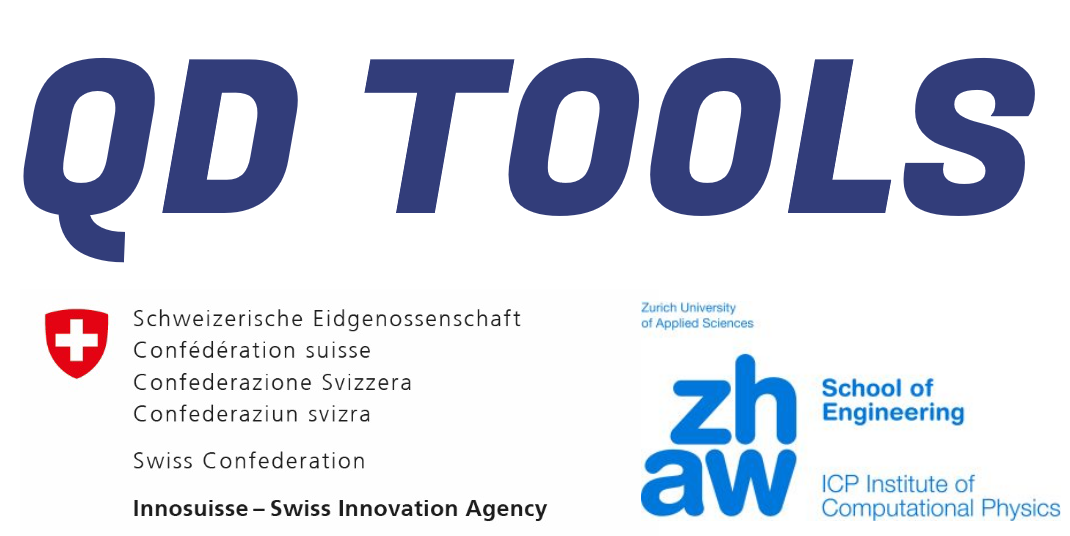2021 A Record Year for Research Enabled with Fluxim's Tools
/2021 is done and what a year of ups and downs for everyone. Thankfully we had more ups than downs and we are super excited to be sharing them with you in this final update of this year.
So where do we start?
Our Research Tools helped publish 108 papers in 2021.
That beats 2020 and every year preceding. As a team of researchers, this is what makes us smile. Congratulations to everyone involved.
We are aiming to list every paper on our website to acknowledge the impressive work that has been done but we are not quite there yet. So we have highlighted a few, in this, our final video for the year. Enjoy.
Here’s what else happened….
Research projects help validate and develop our tools but more importantly they help scratch the itch that made us become researchers in the first place. This year has seen us join two new projects:
MUSICODE
“An experimentally-validated multi-scale materials, process and device modeling & design platform enabling non-expert access to open innovation in the Organic and Large Area Electronics Industry”
MUSICODE is funded by the European Commission and addresses the Horizon2020 call for an “open innovation platform for materials modeling”. The project brings together top European expertise from academia, research, and industry to create an integrated materials-process-device modeling platform for the Organic and Large Area Electronics (OLAE) industry.
QD TOOLS
The project QD Tools began in February and aims to develop improved quantum-dot (QD) encapsulation technology for display enhancement films, innovative measurement systems, and simulation software for characterizing QD films as well as ink-jet printing technology for deposition of QD films on top of OLED pixels.
We are collaborating with Inno QD, the Korea Advanced Institute of Science and Technology (KAIST), and the Sookmyung Women’s University on this project.
Thanks for your feedback
“LITOS LITE is highly recommended!
We have one in our labs and we are saving hours of work by measuring many samples at one time. No time to build our setup up so this was a great purchase!”
Prof. Juan-Pablo Correa-Baena, Leader of the Energy Materials Lab, Materials Science and Engineering at Georgia Tech, USA
In our Energy Harvesting Research Group, we have started using both PAIOS and SETFOS for the characterization of perovskite solar cells very recently. We find both tools very helpful in understanding the device physics of perovskite solar cells and different kinds of charge carrier losses through recombination. The multitude of characterization facilities such as light intensity-dependent J-V, Capacitance-Voltage measurement, transient photovoltaic and transient photocurrent, impedance measurement and charge transport characterization such as SCLC and CELIV all integrated into one set-up is so versatile to give an overview of different loss mechanisms and strength of one device structure over the other. Our research is particularly focused on indoor photovoltaic development where the carrier management is stringent due to the low intensity and low carrier concentration. We have found PAIOS an excellent supportive tool to enhance our research.
I would like to specifically mention the technical service the Fluxim team is providing, starting the very first discussion with the team. The technical and scientific support they are providing is highly commendable and the Fluxim team is the world best in device physics and genuinely supporting others’ research.
Dr. Lethy Krishnan Jagadamma, Leader of the Energy Harvesting Research Group, University of St Andrews, UK
New Software Releases
Setfos 5.2 was released in July and we’re pleased to see that 90% of customers are now enjoying the newest features (thanks for the feedback Santa 😉 ):
3D Master-Equation Model for Excitons
Position- and Time-dependent Sun-Spectrum
Sweeps over time to compute the total energy yield
SRH Recombination at Interfaces
Emission spectrum from nk dispersion
Copy and Paste of Simulations
Parallel Parameter sweeps
Change Order of Stacked Diagrams
Couple Charge Transport with Mode Analysis
Extended Exciton Quenching
Stacked Exciton Diagrams
If you’re not a Setfos user and would like to test out these new features we’d be happy to provide you with a free 1-month license. Simply fill in the request form here.
For those of you who want even more from Setfos, we’ve got some exciting developments in the pipeline for 2022. Watch this space.
Laoss also got an update
The software team has earned their fondue this year. On top of a major Setfos release, our simulation software for large-scale devices has seen not one but two updates. Laoss (large-area organic semiconductor simulation) has benefited from:
AC Mode
Loass-Setfos Integration
Improved pixel topography and metal finger geometry
A movable detector can produce wavelength-dependent and color output
XY plots are now shown in the same units as interface-geometries
And our measurement tools…
Keeping up with an increased demand for our hardware tools (Paios, Litos, Phelos, Litos-Lite) has been a nice problem to have.
So to fulfill orders we’ve invested in more assembly space and hired more engineers to help meet our obligations to our customers.
There is always a list of new features and improvements we want to introduce (and features you’ve requested) and this year has seen a few of them checked off the list:
CS 4.4
Although we’re talking hardware, it all runs on custom software. The majority of our tools rely on our Characterization Suite (CS) software in order to operate. In July we released the latest version CS 4.4.
Phelos
Phelos is an angular luminescence spectrometer to characterize light-emitting devices and thin films over varied emission and polarization angles. Unlike many goniometric instruments, Phelos can perform both EL and PL measurements.
This year the major improvement to Phelos was also software-related. We released a new post-processing routine to fit the angular-PL data (dipole orientation fit).
Litos Lite
Launched in 2020 Litos Lite is a platform to perform parallel JV and stability measurements on organic and perovskite solar cells. This year we’ve introduced standard-sized sample holders for Litos Lite which are now available in small, medium, and large. Custom-sized sample holders will of course still be an option.
We’ve also expanded our network of distributors
If “G’Day” or “Preevyet” are common greetings where you live then you will be pleased to know that we’ve appointed news distributors in Australia and Russia.
We’re very pleased to introduce the following companies as official distributors for our products:
Australia
NanoVacuum Pty Ltd
Unit 6 / 5 Salisbury Road,
Castle Hill
NSW 2154,
Australia
E-mail: info@nanovactech.com
Website: https://nanovactech.com/
Russia
Cryotrade Engineering (Photonics)
14a, Polesskiy proezd,
Moscow 125367,
Russia
Tel: +7 (495) 374-69-52 (ext.12)
E-mail: sales@cryotrade.ru
Website: https://www.cryotrade.ru
That is all for this year, we look forward to updating you with further developments in 2022.
As we say in Switzerland at this time of the year….












